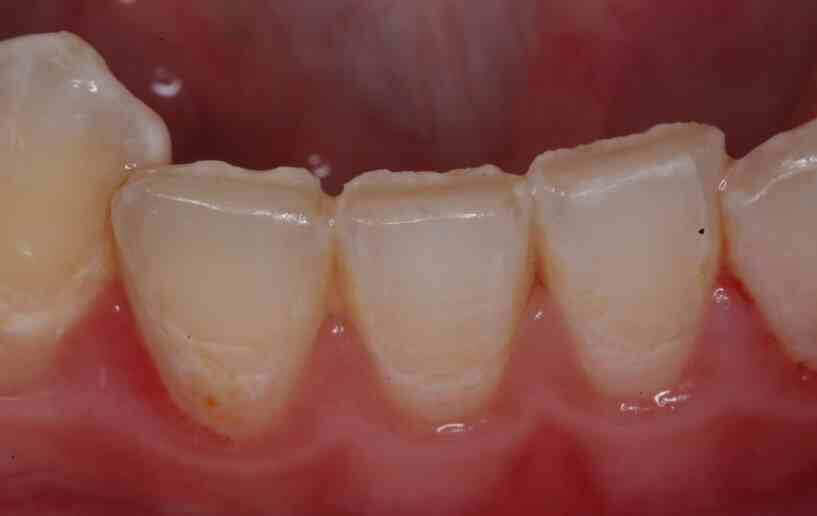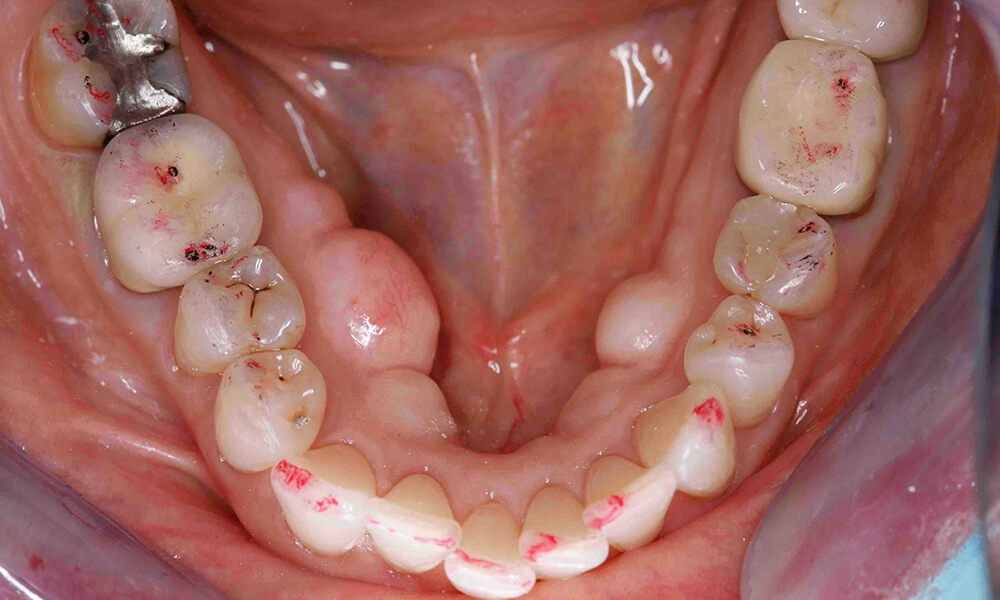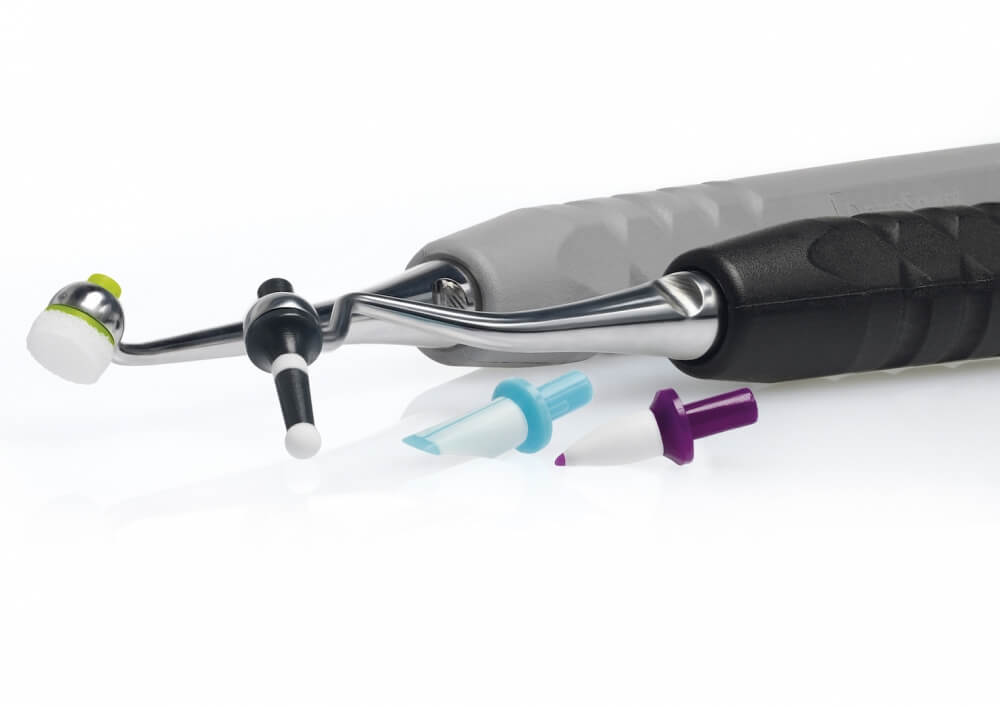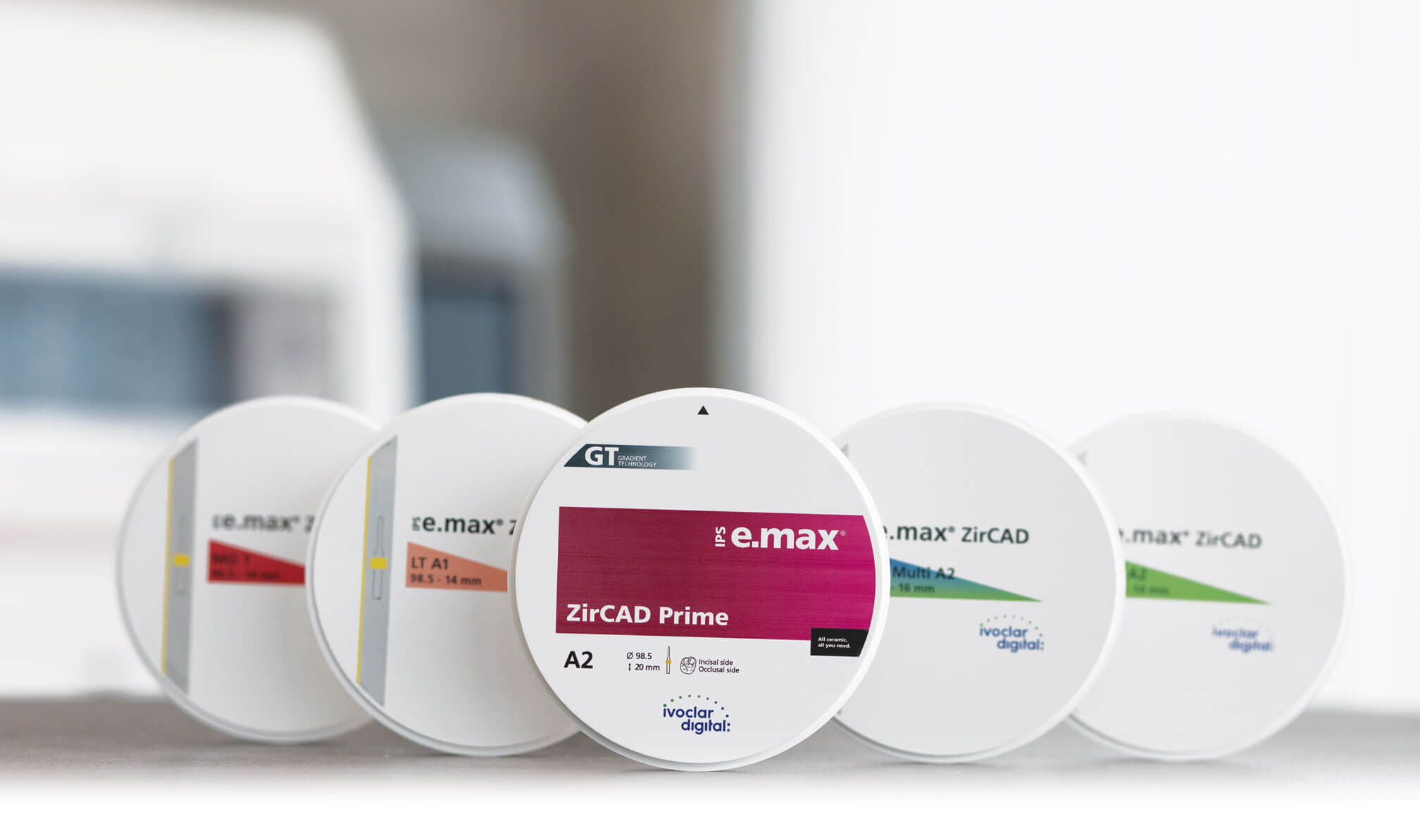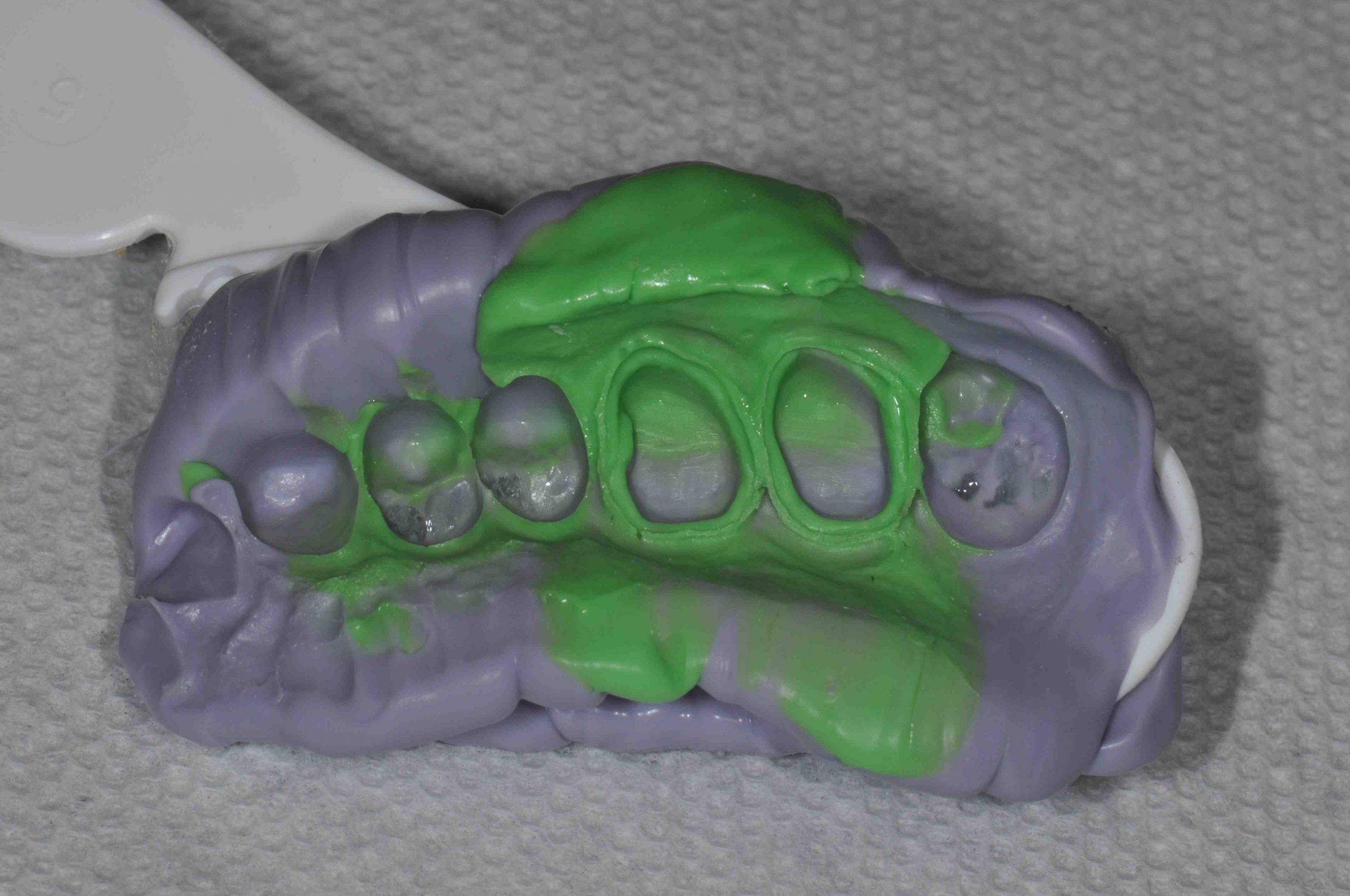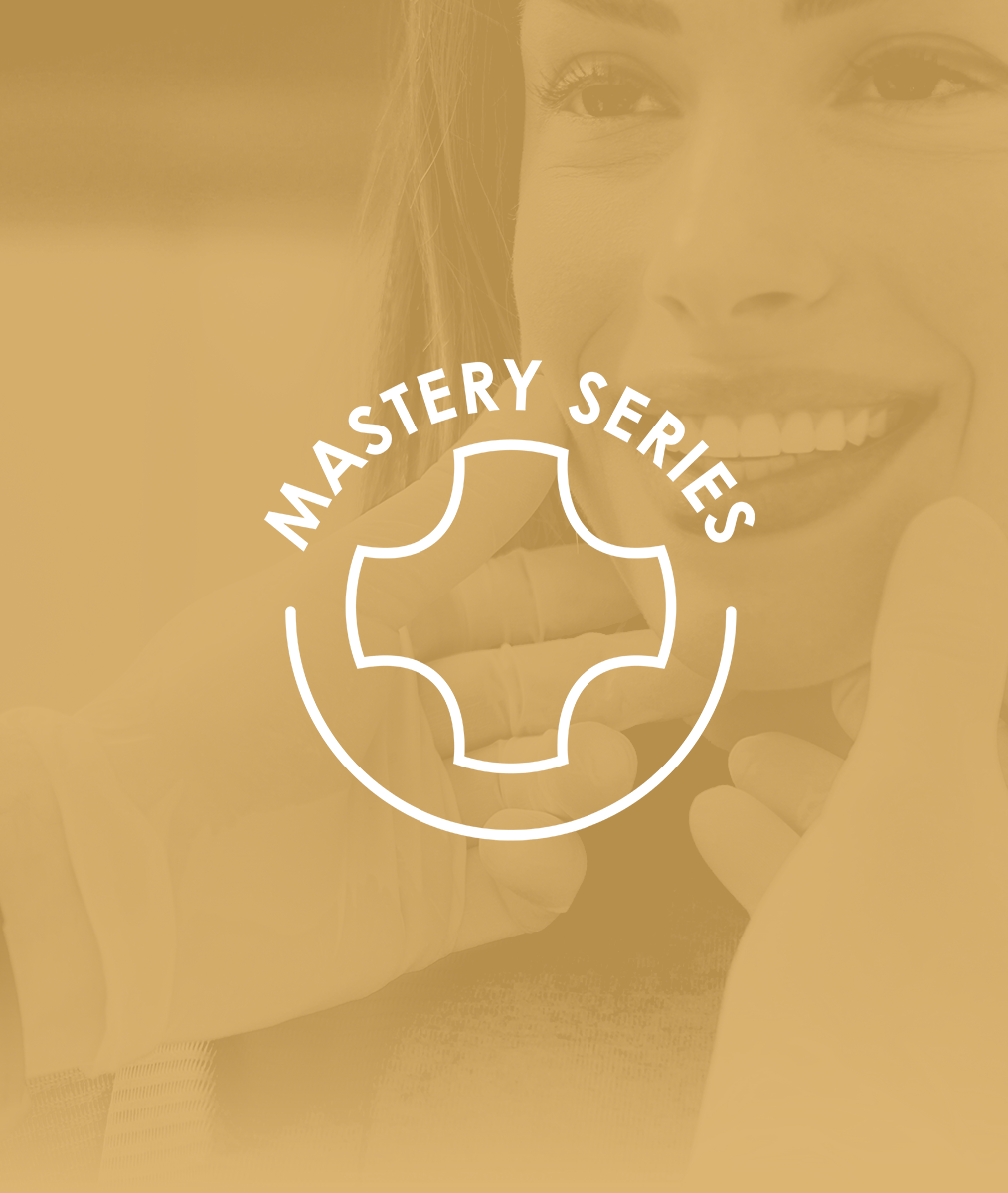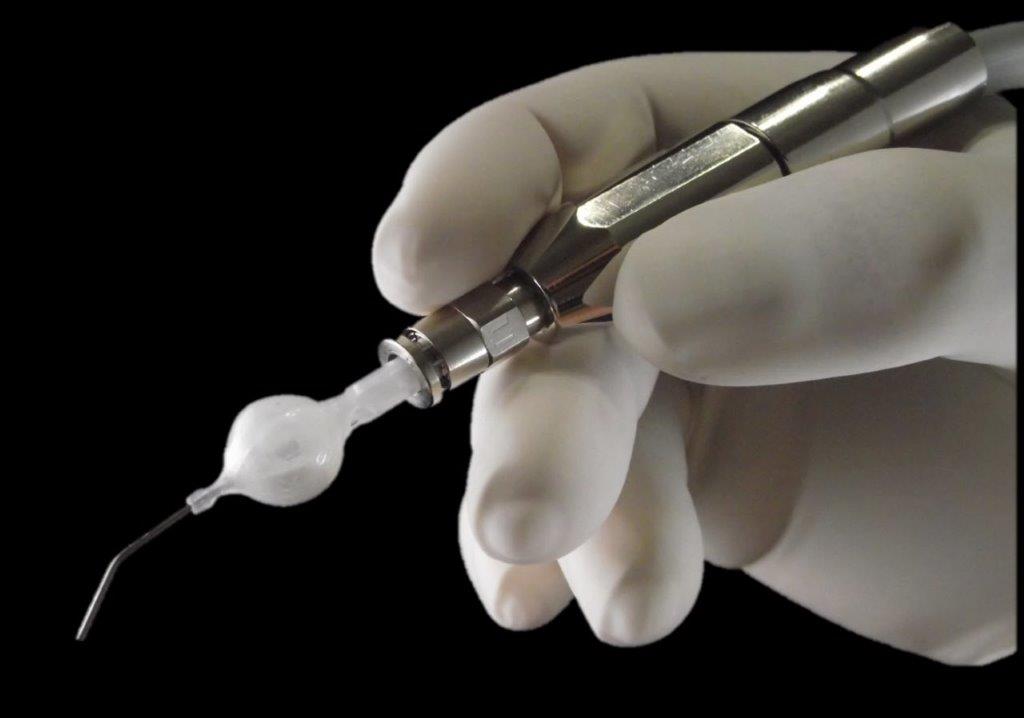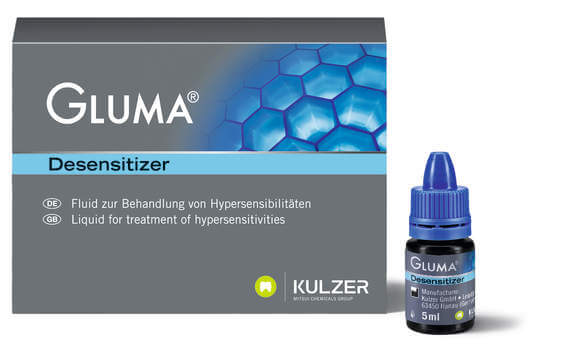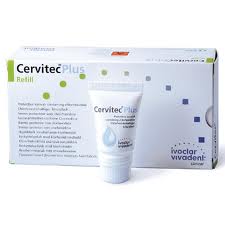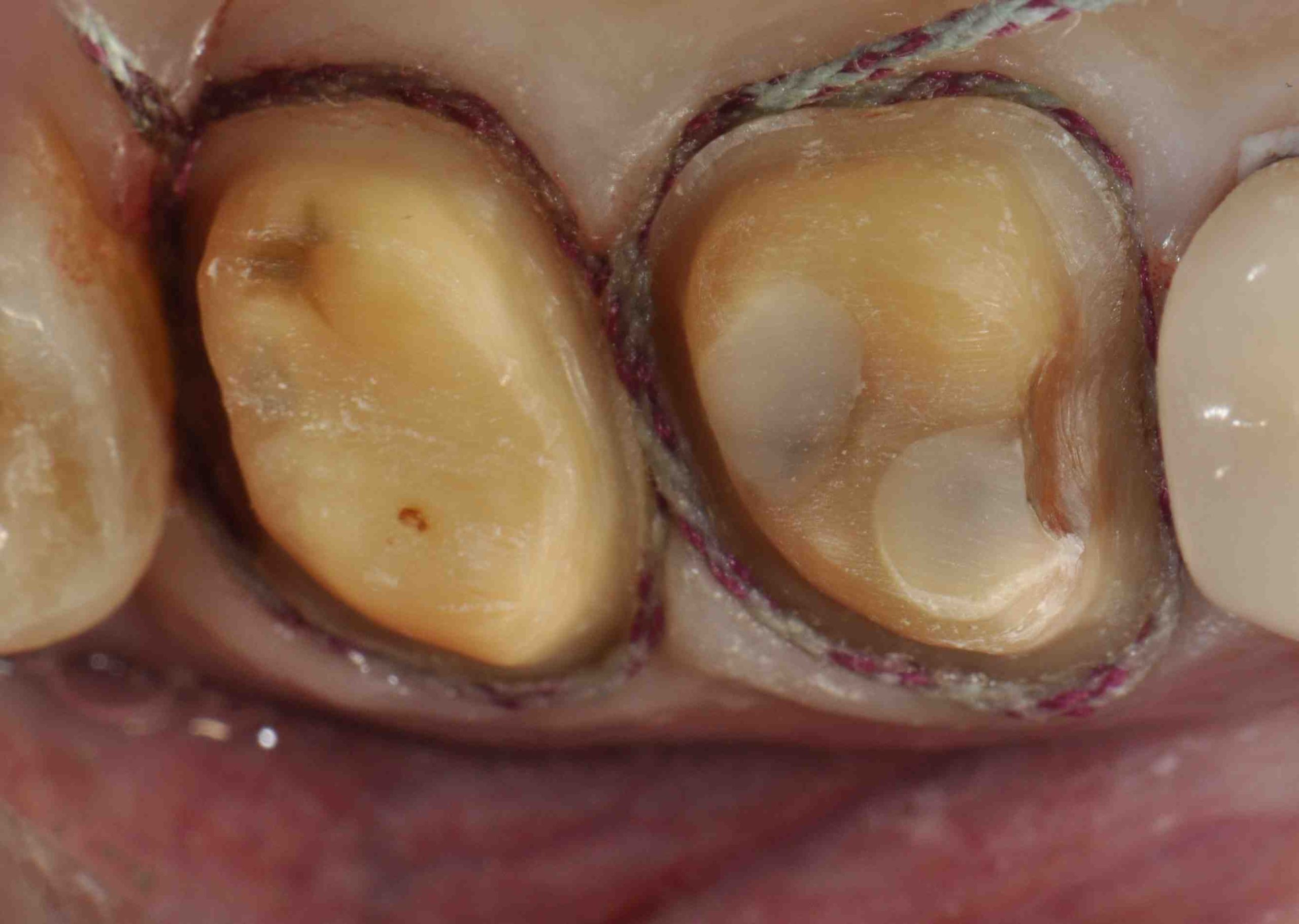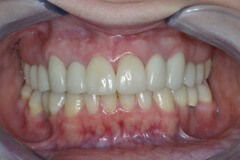Occlusal Wear Part 1: Is it advancing? How fast?
I ask the question “Is wear normal?” at almost every lecture I do on occlusion. Usually the response is a small number of mumbled replies. A good follow up question is “How many eighty-five-year-old patients have you seen with mamelons?” I hope you are thinking not many, if any at all. So, yes, tooth wear of some amount is normal. A combination of attrition, erosion and abrasion cause all of us to lose enamel over a lifetime.
Is the wear advancing at a pathological rate?
The more important question is when is the wear age-appropriate and when is it advancing at a pathologic rate? We don’t have the data to know how many millimeters of enamel loss is appropriate at every decade of life. In order to help with this answer in my office, I play a mental game. With the picture of the patient’s current wear in mind and a knowledge of their age, I imagine if the wear continues at the same rate at what age their teeth will be in jeopardy or need restorative dentistry to be saved. I then reveal this estimate to the patient.
You can document wear over time in three ways.
I believe it is important that I help my patients understand the process and the options for protecting their teeth. To quantify the amount of wear that is happening, we take a measurement from the CEJ to the incisal edge of several teeth with wear. We take the measurement on the mid-facial and record it on the patient’s perio chart. At subsequent appointments we can now repeat these measurements and have clear data that the process is continuing. Another great way to document tooth wear is with photography. With repeat photographs, we and the patient can see the change over time. Today with digital impressions and software we can scan the arch, and then compare scans months or years later and get a precise measurement of the change.
Related Course
TMD & Orofacial Pain: Managing Complex Patients
DATE: January 29 2025 @ 8:00 am - February 2 2025 @ 1:00 pmLocation: The Pankey Institute
CE HOURS: 37
Dentist Tuition: $ 7200
Single Occupancy with Ensuite Private Bath (per night): $ 345
THIS COURSE IS SOLD OUT TMD patients present with a wide range of concerns and symptoms from tension headaches and muscle challenges to significant joint inflammation and breakdown. Accurate thorough…
Learn More>
